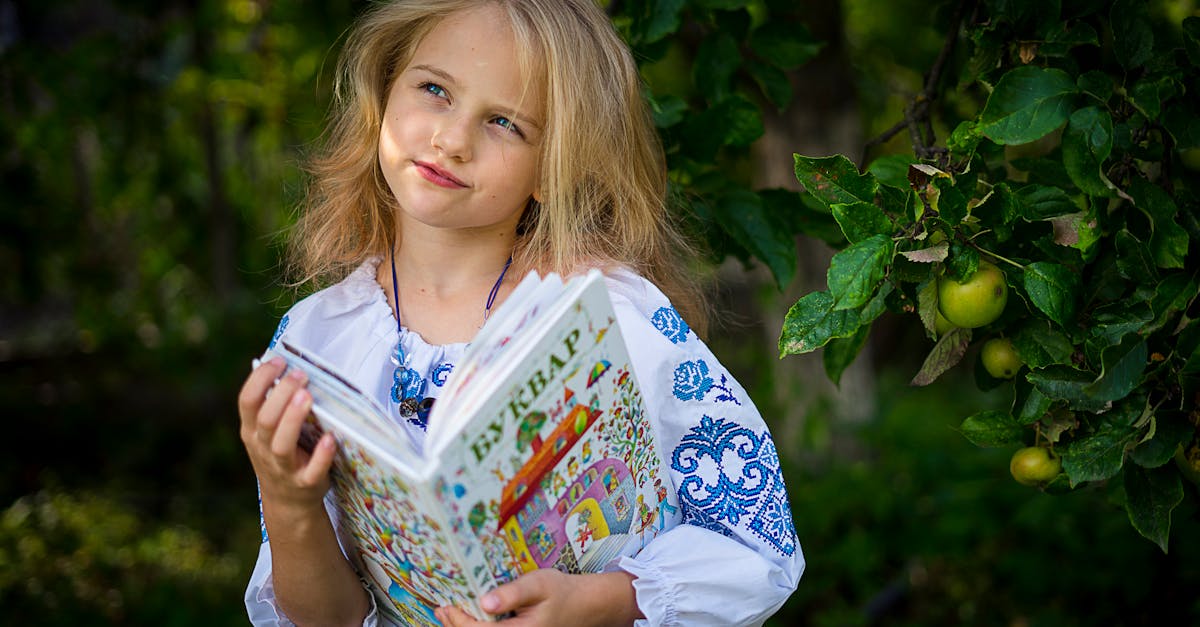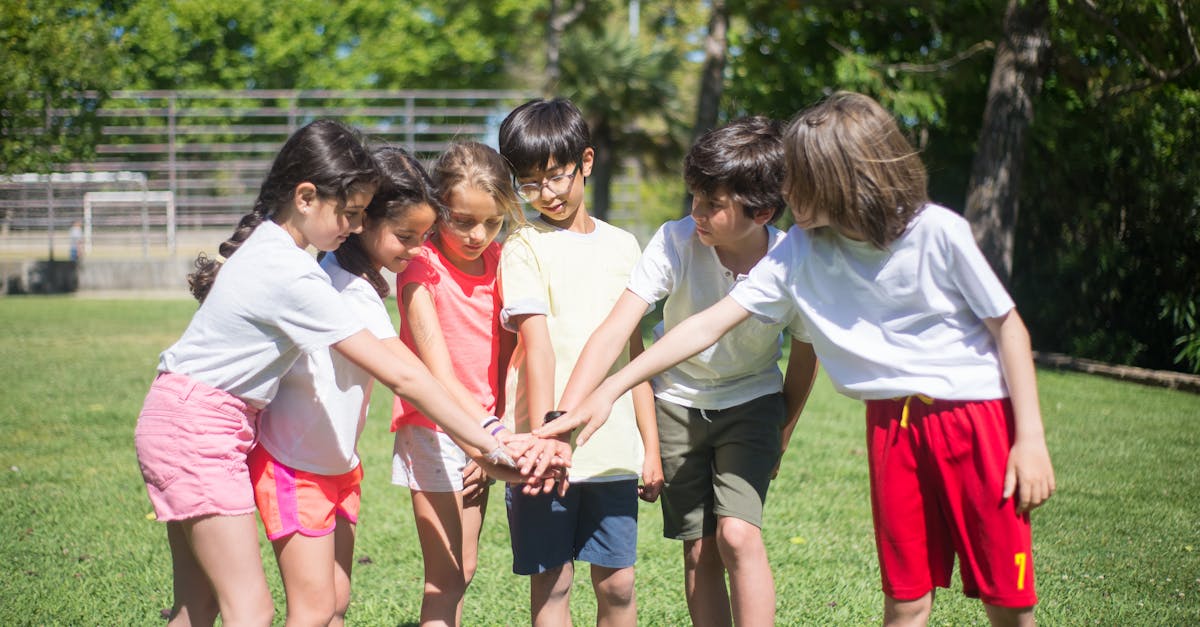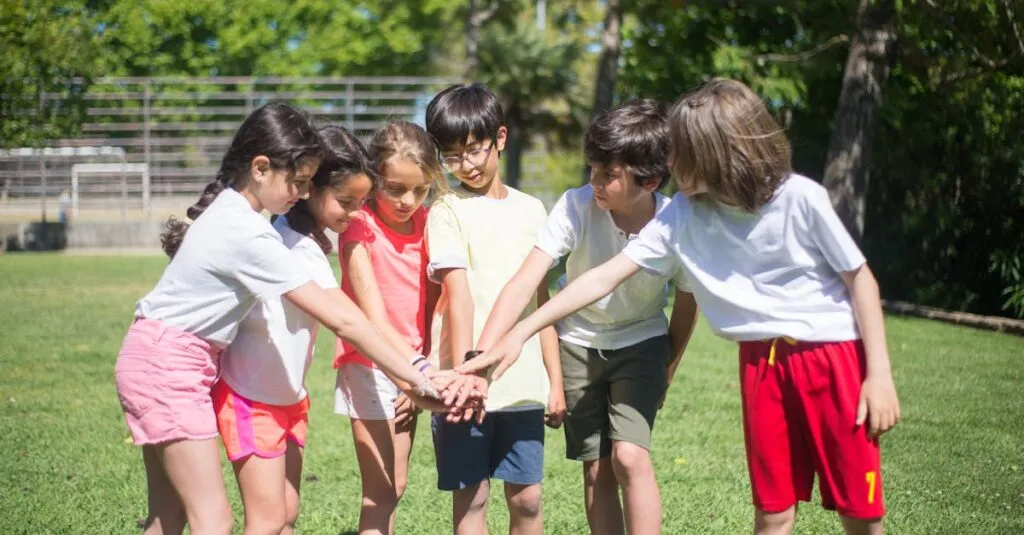Start Simple: Planting Seeds of Faith
Teaching pre-schoolers about prayer and positivity begins with simplicity. Use age-appropriate stories, focusing on small acts of kindness and gratitude. Imagine explaining the concept of prayer to a pre-schooler as watering a plant. Every prayer is a splash of water that helps those dreams grow. And guess what? They get it!…mostly.
Remember that kids love stories. Incorporate bedtime tales that illustrate how love and hope can create magical outcomes. This builds a solid foundation of faith.
Daily Reinforcement
Reinforce these teachings daily with simple reminders and activities, such as:
- Create a ‘prayer jar’
- Share stories about kindness
- Practice gratitude together
With these engaging methods, you’ll instill lifelong values in your children!

The Magic of Positive Thinking
Teaching positive thinking to a pre-schooler can feel like convincing a cat to roll over—neither straightforward nor quick to achieve. Still, it’s all about mindset!
Introduce phrases such as:
- ‘I can try!’
- ‘I’ll do my best!’
as mantras. Playfulness works wonders; turn ‘thinking positive’ into a game. Challenge your little one to turn any negative thought into a positive one using their imagination. This transforms their worldview into a playground of possibilities and helps them develop resilience.

Mindful Moments: Teaching with Patience
Patience, surprisingly, is a two-way street when you’re teaching pre-schoolers. Set aside a part of the day, maybe during snack time or as a bedtime routine, for short and sweet mindfulness exercises.
Model calm, focused behavior to show them that staying calm helps everyone. Teach deep breathing by pretending you’re angry gators calming down. Not only is this hilarious and effective, but it also helps them (and sometimes you!) keep emotions in check.
During these exercises, foster an atmosphere that’s both relaxing and engaging.

Prayer as a Daily Adventure
Turn prayer time into an adventure! Create stories around the act of praying to engage their vivid imaginations. You could imagine exploring a jungle, meeting cute animals who desperately need a hero. Transform each prayer into a special mission to help them.
Encourage them to imagine the good their prayers are sending into the world. This not only makes it fun but also encourages empathy and worldliness. By making prayer feel like the start of an exciting quest, children become eager participants.

Transforming prayer into an adventure not only enhances engagement but also deepens children’s understanding of their role in the world and the impact of their prayers.
Tackling Emotional Hurdles Together
Handling emotional turbulence is a skill that’s complicated for any age, let alone pre-schoolers. However, if approached correctly, you can help them learn to manage these feelings positively.
Think of approaches as having a soft teddy bear that absorbs sadness or anger. Discuss emotions openly and encourage your child to express them freely. Guide them gently towards resolving their feelings using prayer and positive affirmations, building emotional resilience through empathetic guidance.
Tips for Helping Children with Emotions
- Encourage Open Discussion: Allow your child to share their feelings without judgment.
- Model Emotional Expression: Show them how you handle your emotions.
- Introduce Positive Affirmations: Teach them phrases they can say to uplift their spirit.
- Use Creative Outlets: Engage in activities like drawing or storytelling to help express emotions.
- Practice Relaxation Techniques: Introduce breathing exercises or mindfulness activities.
By incorporating these strategies, you can assist your little ones in navigating their emotional landscape with strength and confidence.
Injecting Fun into Learning
Let’s be honest: Children have the attention span of a squirrel on espresso! To keep their focus, it’s essential to make prayer and positivity a part of their play.
Crafting Engaging Activities
Design activities that transform lessons into fun and engaging tasks. Here are a few ideas:
- Storyboards: Use visuals to tell stories that incorporate key lessons.
- Puppets: Create puppet shows that include prayers to make the learning process amusing and memorable.
- Interactive Play: Integrate educational elements into their playtime to reinforce lessons in a way that feels natural and enjoyable.
These creative approaches will help children incorporate important lessons into their lives without even realizing it. Let the learning become so enjoyable that they will remember it fondly!

Encourage Stories and Sharing
Lastly, encourage children to share their stories of positivity and prayer. This not only builds communication skills but also fosters a community around shared beliefs and experiences.
Make story time interactive. Ask them leading questions which allow them to think deeply and communicate their small, yet meaningful realizations. This narration becomes a tool for integrating shared experiences and creates a safe space where value attribution to positivity and spirituality is accessible.

